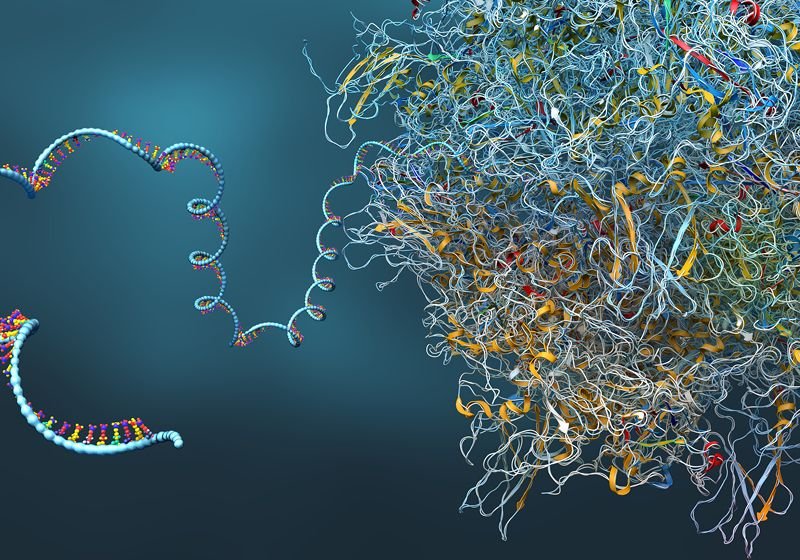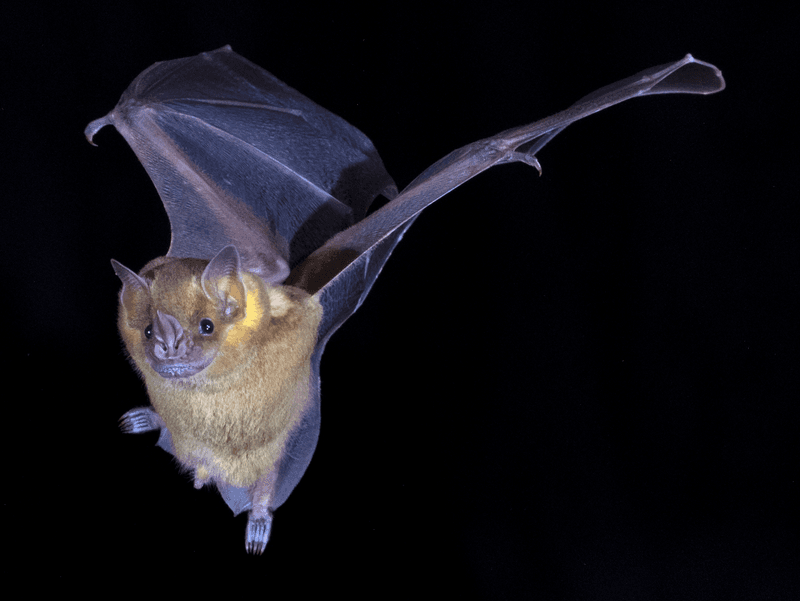In Chinese mythology, a cunning fox with nine tails symbolizes peace and prosperity. Xiao Wang, a chemical biologist at the Massachusetts Institute of Technology, took a bit of scientific inspiration from this multi-tailed fox. Wang and her team were interested in synthesizing different kinds of RNA, which is normally in a linear form with a single polyA tail that is important for protein production. This tail is the limiting step for mRNA degradation. “We wondered, why can’t we make multiple tails?” Wang said. “That way, if we lose one, there can be many others.”
mRNA gained a lot of attention after the introduction of modified RNA vaccines during the COVID-19 pandemic.1 However, modified RNA is unstable and translates into protein inefficiently, making it necessary to deliver high doses that could be toxic to the patient when used therapeutically. To solve these problems, Wang and her team developed mRNA with multiple polyA tails instead of just one. Recently published in Nature Biotechnology, the scientists discovered that this branched mRNA lasts significantly longer and is more efficiently translated, paving the way for the next generation of mRNA vaccines and therapies.2
Wang and her team first stabilized the polyA tail by adding some modifications to protect it from being chewed up by nucleases. To add multiple polyA tails to the mRNA backbone and create the branched structure, the scientists used click chemistry, which is a set of reactions used for joining two molecular entities. Additional modifications helped prevent the tails from sticking to each other.

Wang and her team discovered that three polyA tails seemed to be the sweet spot. Sticking on too many tails made it extremely difficult to purify the branched mRNA using high performance liquid chromatography. “You can imagine that if we have a certain successful rate of ligating one of the polyA tails, as the rate increases, the yield decreases exponentially,” she said.
Next, the scientists attached a fluorescent reporter to the mRNA and expressed it in cultured cells to measure how long the branched mRNA would last inside the cell and if the ribosomes would translate it. By quantifying the number of mRNA transcripts, the ones inside the cell and those bound to ribosomes, the team found that the translation efficiency of the branched mRNA was approximately 1.5 times higher than that of a linear mRNA control.
These results were recapitulated inside a mouse model, where the scientists injected the branched mRNA (or a linear mRNA control) containing the fluorescent reporter into the eyes of mice. They found that the branched mRNA generated a fluorescent signal that was three- to five-fold that of the control around two days after the injection, and that this strong signal persisted over time, indicating that the branched mRNA was not being degraded or translated into protein.
To demonstrate the usability of the branched mRNA in a therapeutic sense, Wang and her team decided to use the branched mRNA to improve the CRISPR-Cas9 editing system. “In the setting of genome editing, the protein becomes more of a limiting factor, so using extra polyA tails to produce more Cas9 protein will be beneficial,” Wang said. When the team tested this in a mouse model, they found that the branched mRNA led to a four-fold increase in Cas9 protein expression in comparison to the linear control, and significantly lower levels of the targeted protein.
These results are interesting, according to Allan Jacobson, a biologist at the University of Massachusetts Chan Medical School who was unaffiliated with the study. “It’s helpful because if you’re doing a vaccination, you can do a smaller inoculum,” he said. “And if there’s any concern about side effects, you’re reducing side effects.” He is interested in seeing how the scientists overcome the challenge of mass manufacturing in the future, given that making the branched mRNA requires a prolonged purification process.
In the meantime, Wang and her team are pushing the limits of mRNA modification in the hope that it one day can help build better vaccines or therapies. “We’re curious to find the different structures and modifications that can be tolerated by the cell,” she said. “It’s interesting to see how the translational machinery reacts to the mRNA it’s never seen before.”
References
- Delaunay S, Helm M, Frye M. RNA modifications in physiology and disease: towards clinical applications. Nat Rev Genet. 2024;25(2):104-122.
- Chen H, Liu D, Guo J, et al. Branched chemically modified poly(A) tails enhance the translation capacity of mRNA. Nat Biotechnol. 2024: 1-10.










